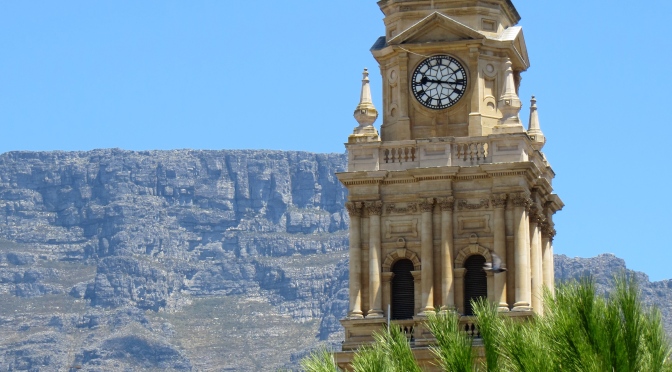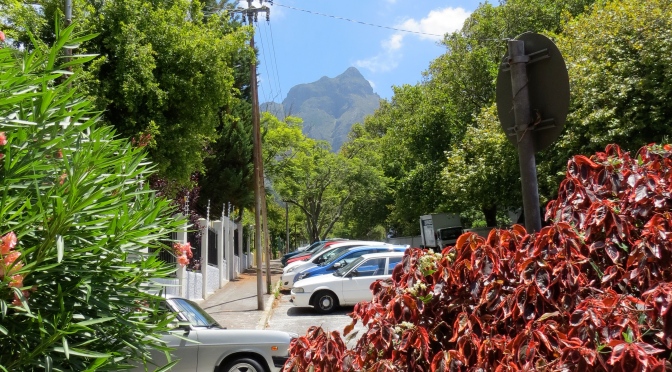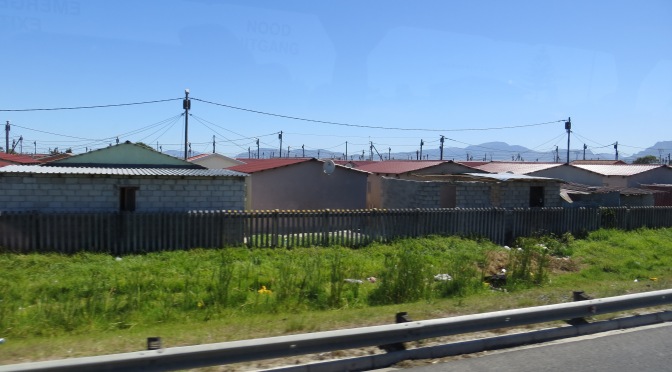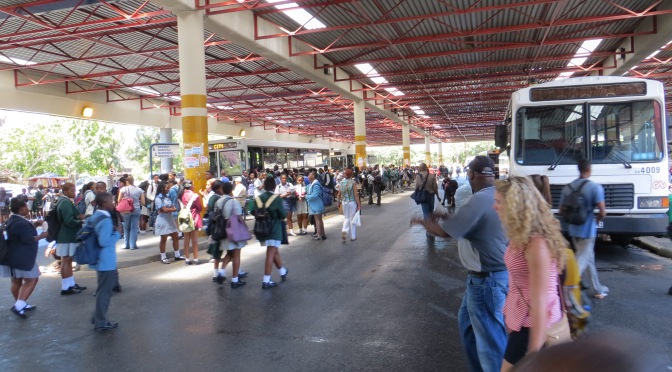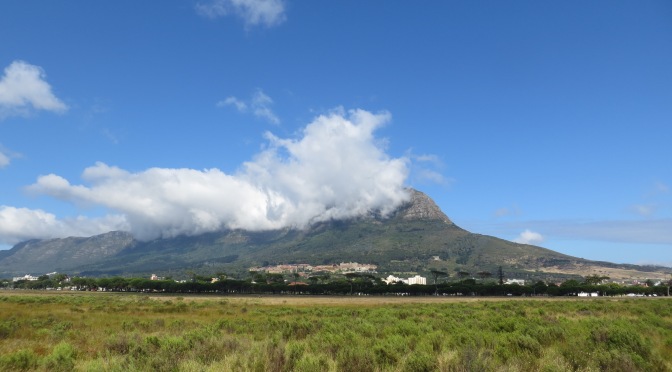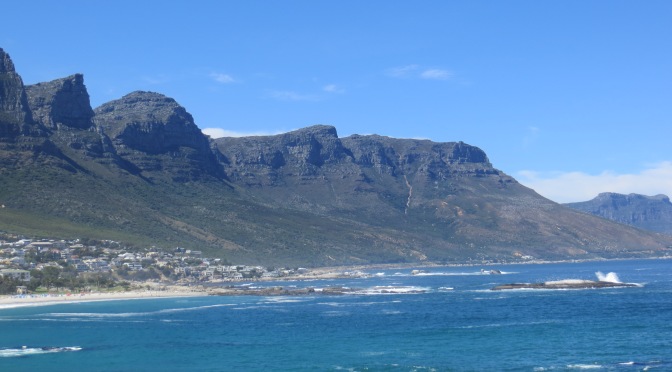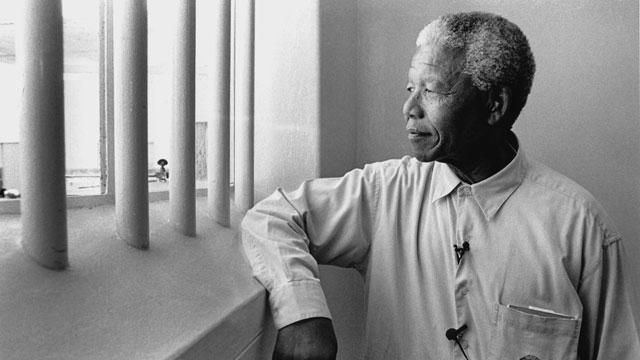While I did not accomplish all I had wanted to do over Winter break (including finishing my afghan), I did, however, take advantage of the opportunity to read. I first began reading Nelson Mandela’s autobiography Long Walk to Freedom, which I finished shortly before New Year’s. I found the book to be ultimately thrilling, as it detailed the trials and victories of the anti-apartheid movement and profiled the emotional and intellectual development of a freedom fighter, from guileless child and eager political novice to determined lawyer, shrewd political activist, militant freedom fighter, indefatigable prisoner, and ultimately the father of a renewed nation. I was struck by the incredible collection of people who fought for the freedom struggle, from trusted black elders, to white communist anti-apartheid lawyers, to young black freedom fighters, to colored and Indian activist allies. As a powerful and privileged white western man living in a world with so much class, race, and gender-based exploitation, violence, and inequality, I was inspired by the integrity and action of the struggle’s white allies, who took the road less traveled and fought to dismantle the very system that guaranteed them and their children better lives. Many of the individuals featured in this book left an indelible impression on me.
I also read “Defiant Desire: Gay and Lesbian Lives in South Africa”, which contained a history of gay and lesbian organization and communities in South Africa, as well as a collection of papers written by queer South Africans. Ultimately, reading this book in parallel to Mandela’s autobiography led me to perceive the social struggles of the white LGBT activists profiled in the book’s history in a more critical light. Much of the history focused on the attempts of middle-class white gay men and lesbians to form groups and create spaces in which they could live their lives freely. The groups that formed were almost all universally apolitical to the ongoing conflict over apartheid. Afraid of exposure (and the possibility to be fired or stigmatized by the homophobic society at large), these groups refrained from taking a position in the apartheid struggle, in my opinion making them entirely complicit in the system of racial domination. For these activists to later campaign for their rights while remaining silent in the larger Apartheid struggle struck me as an indefensible lack of moral responsibility, especially when contrasted with the intersectionality and collaboration that was such a prominent theme in Long Walk to Freedom. This is to say nothing of the fact that ignoring the ongoing struggle against apartheid also represented a complete lack of concern for the lives of black gay and lesbian Africans, who were in many cases forced to live lives of silence or be marginalized in their own already dominated communities. While the white gays faced a legitimate threat of social exclusion with the disclosure of their queer identities, it is difficult for me to reconcile this legitimate oppression with their identities as privileged individuals in an unjust and exploitative society. I hope future reading will further inform my understanding on this subject.

